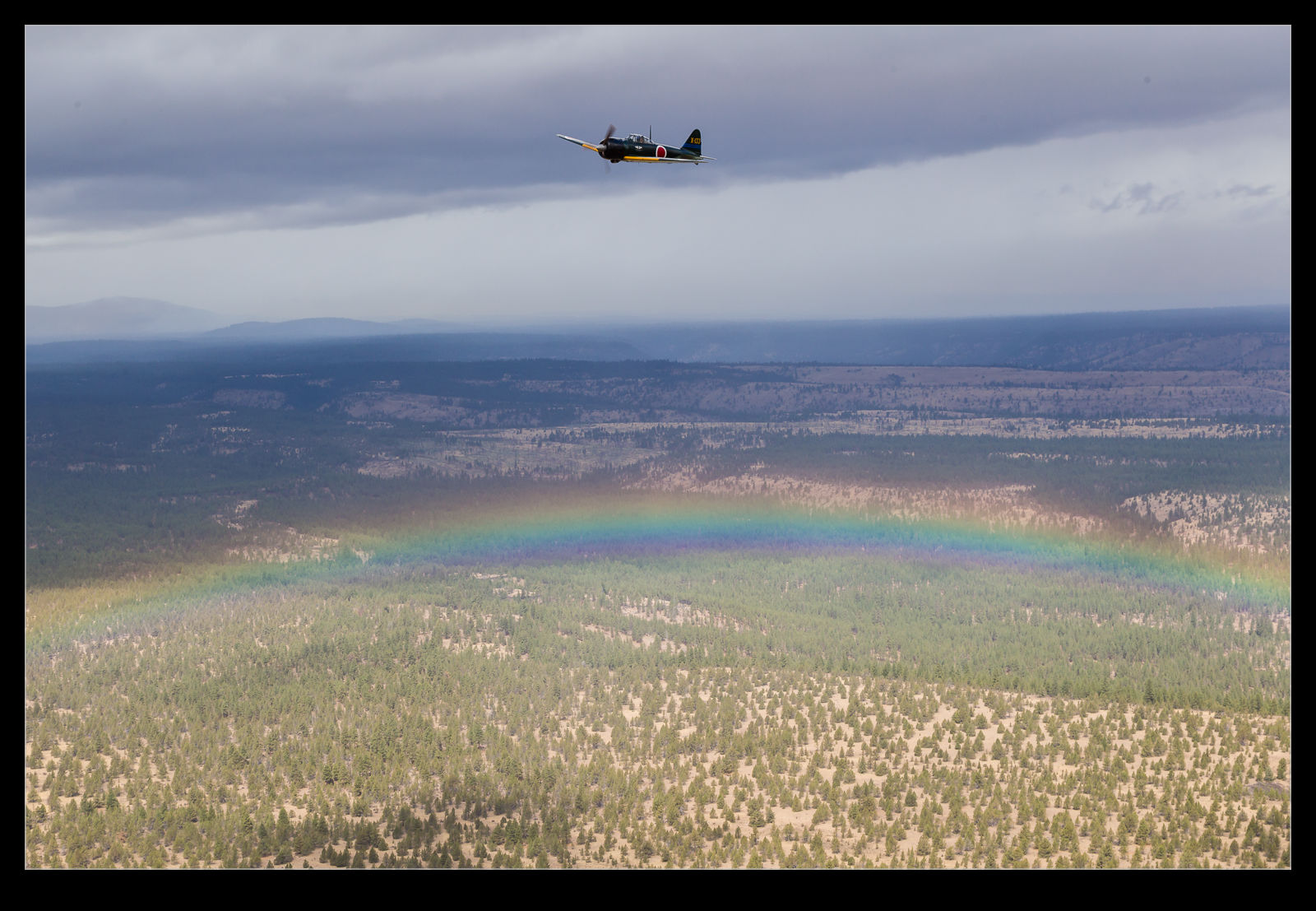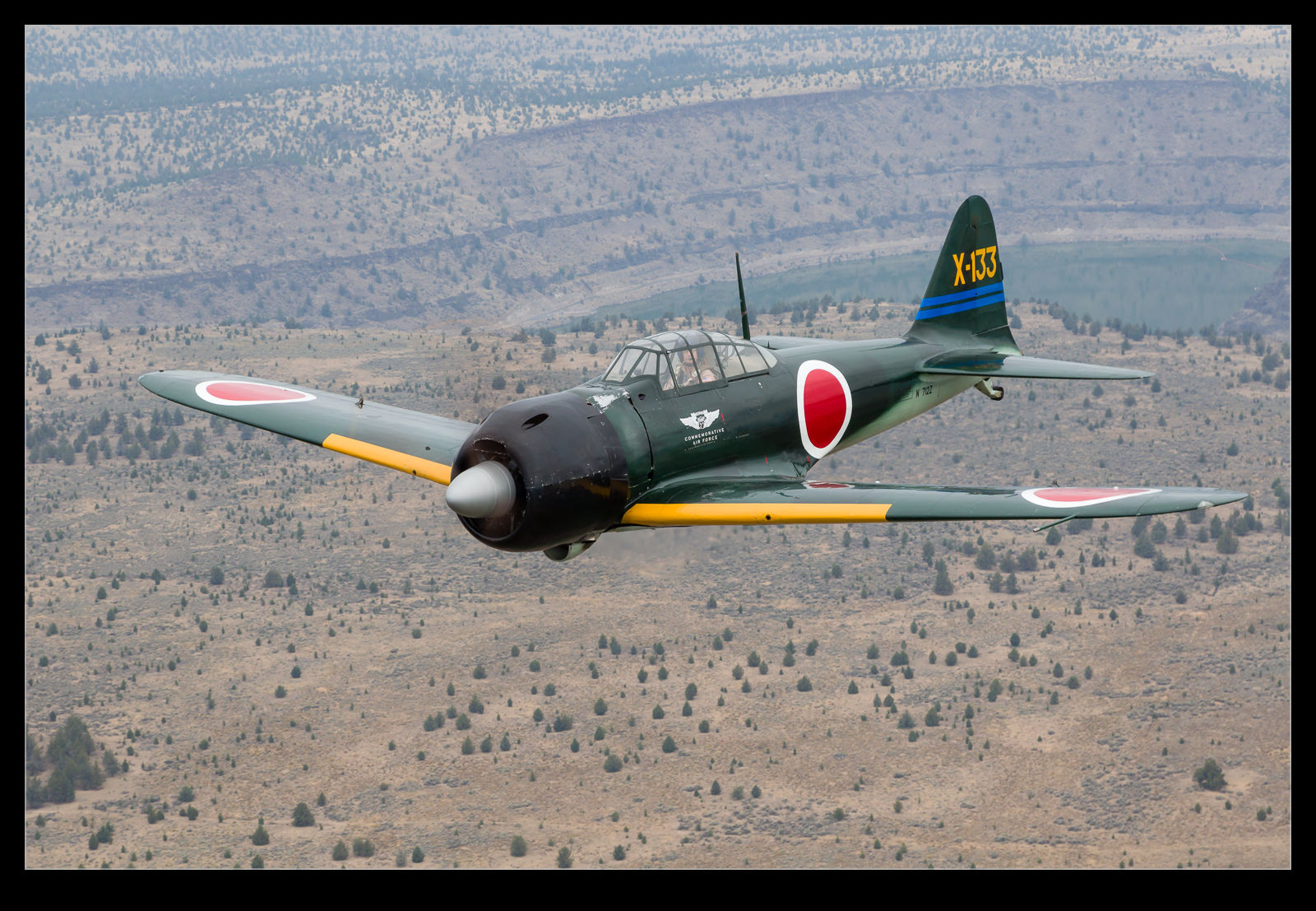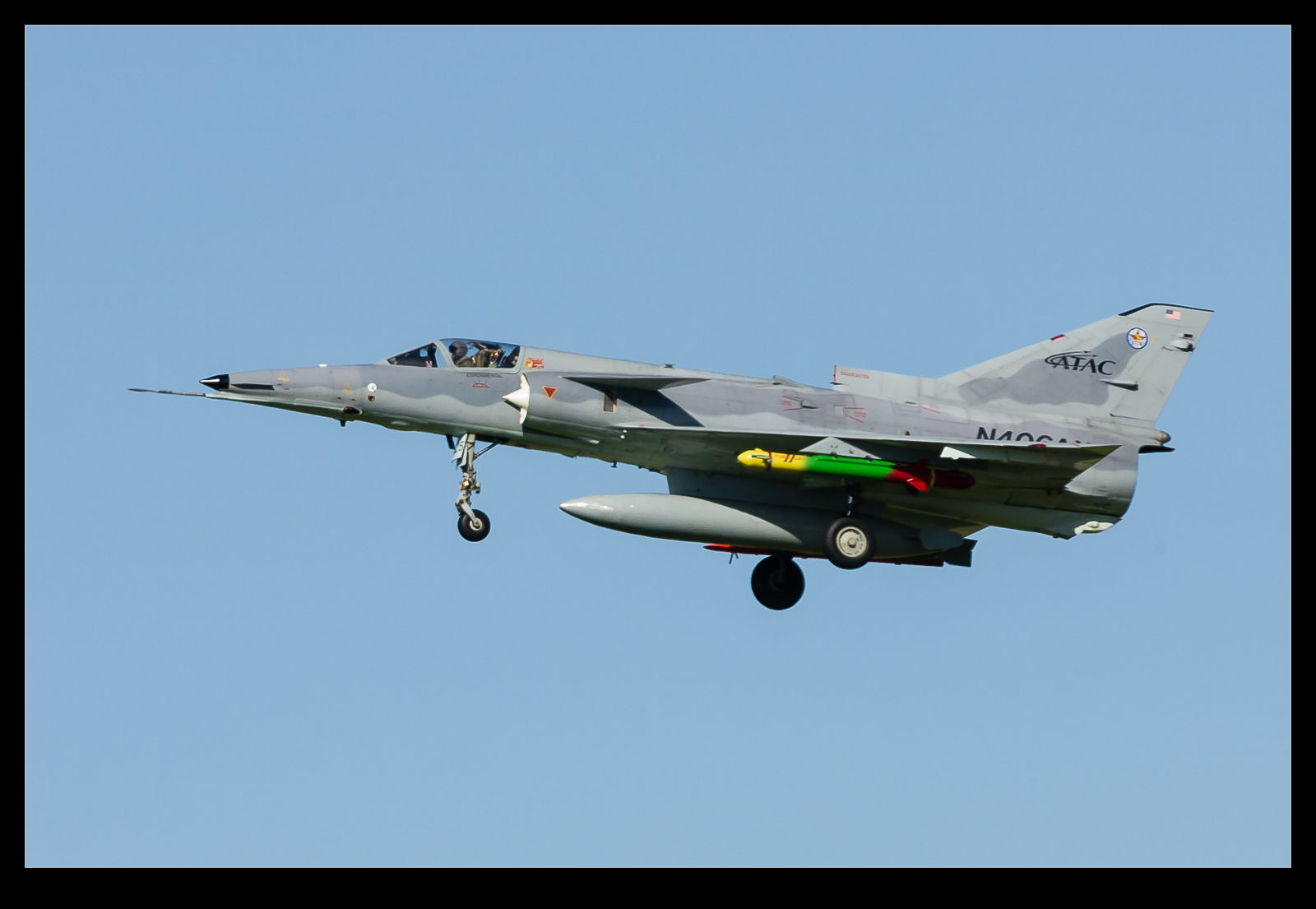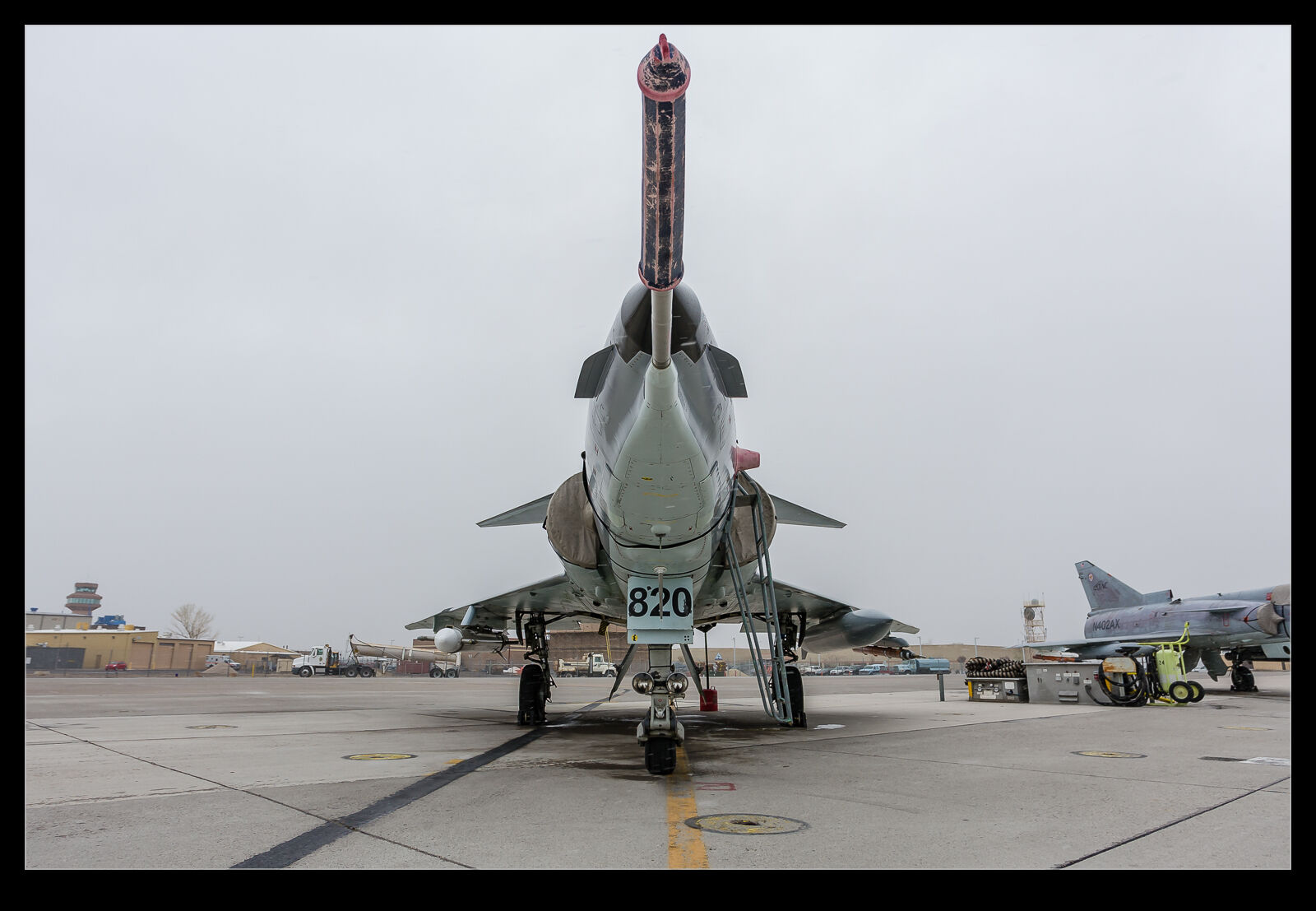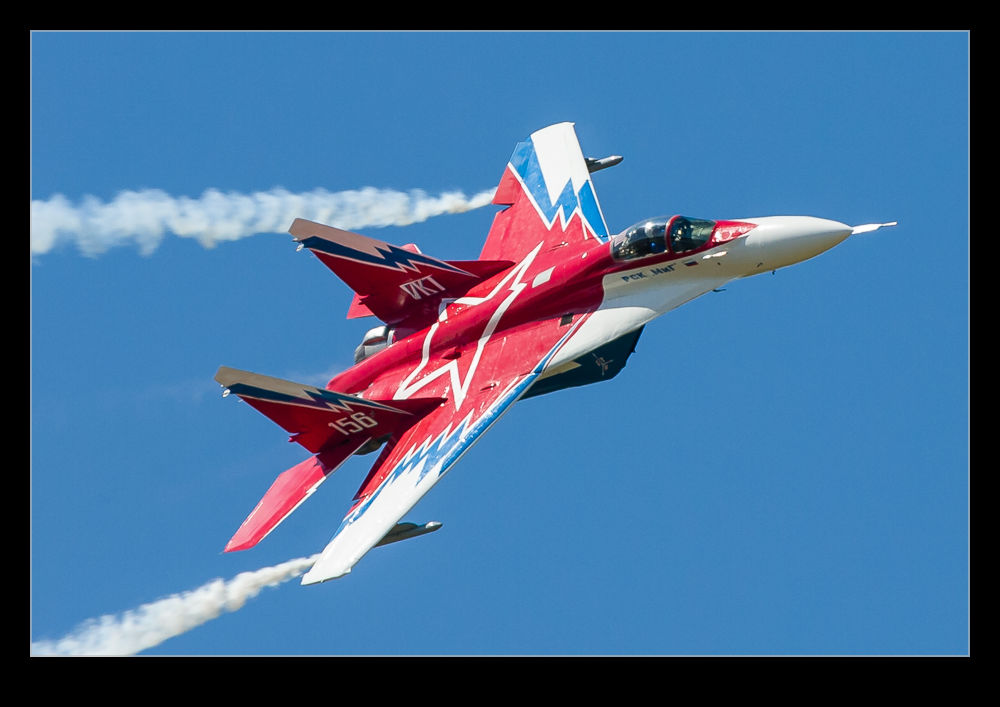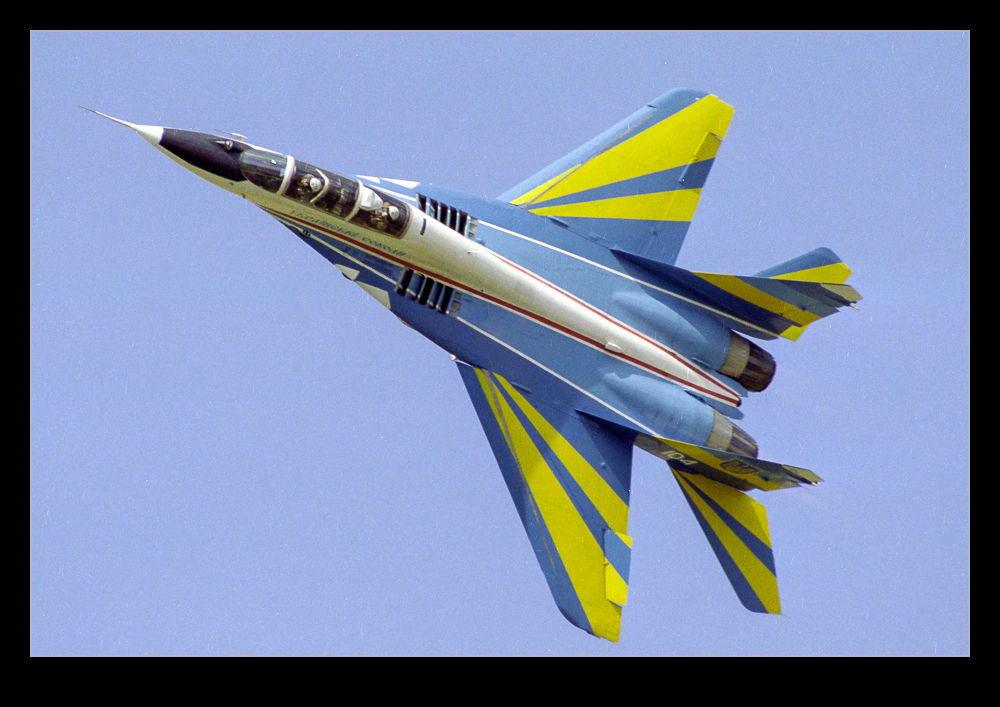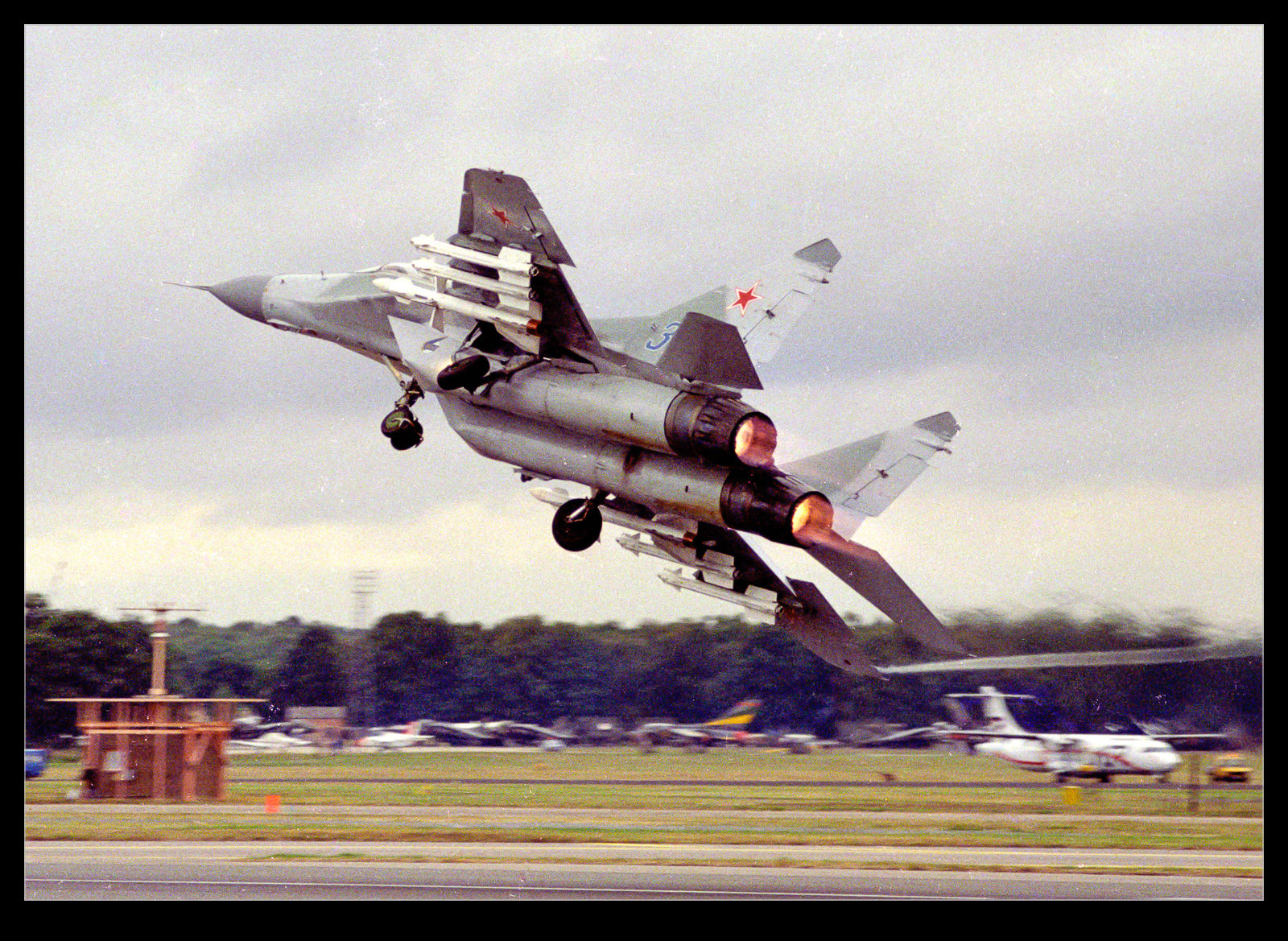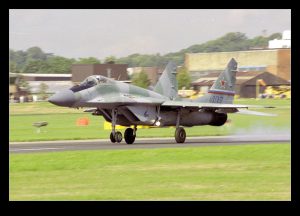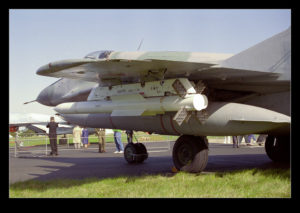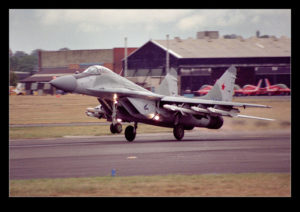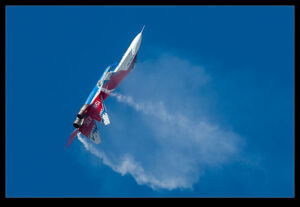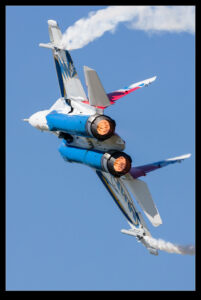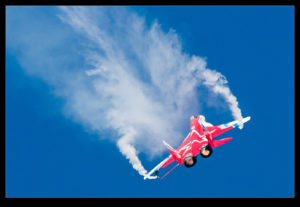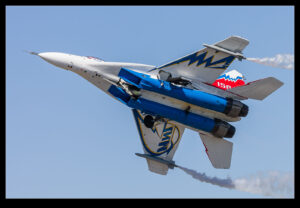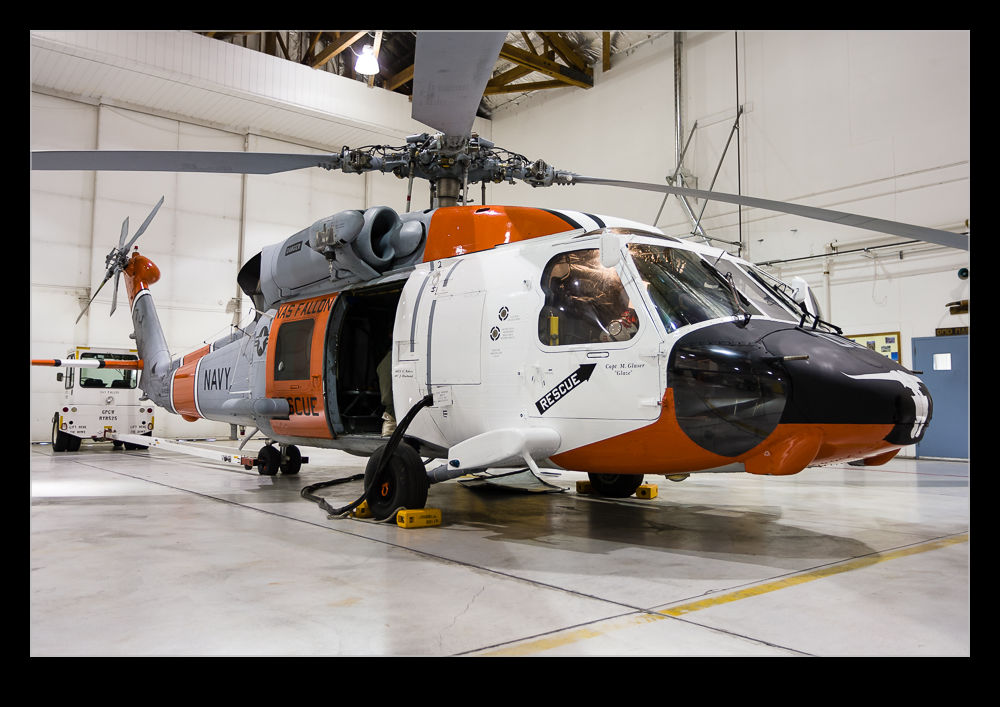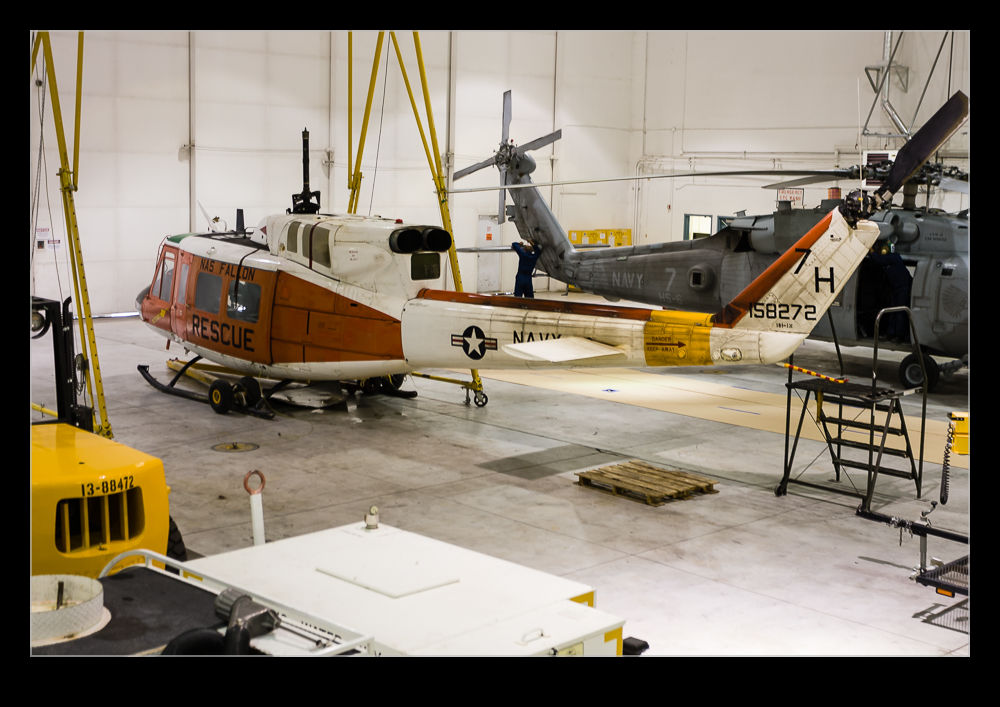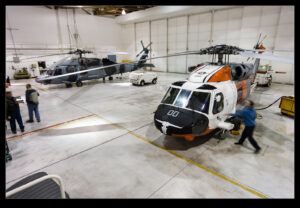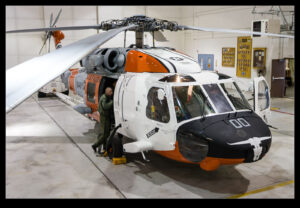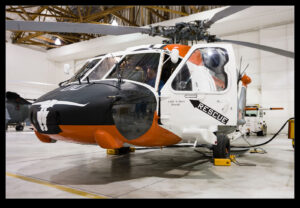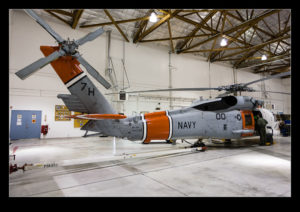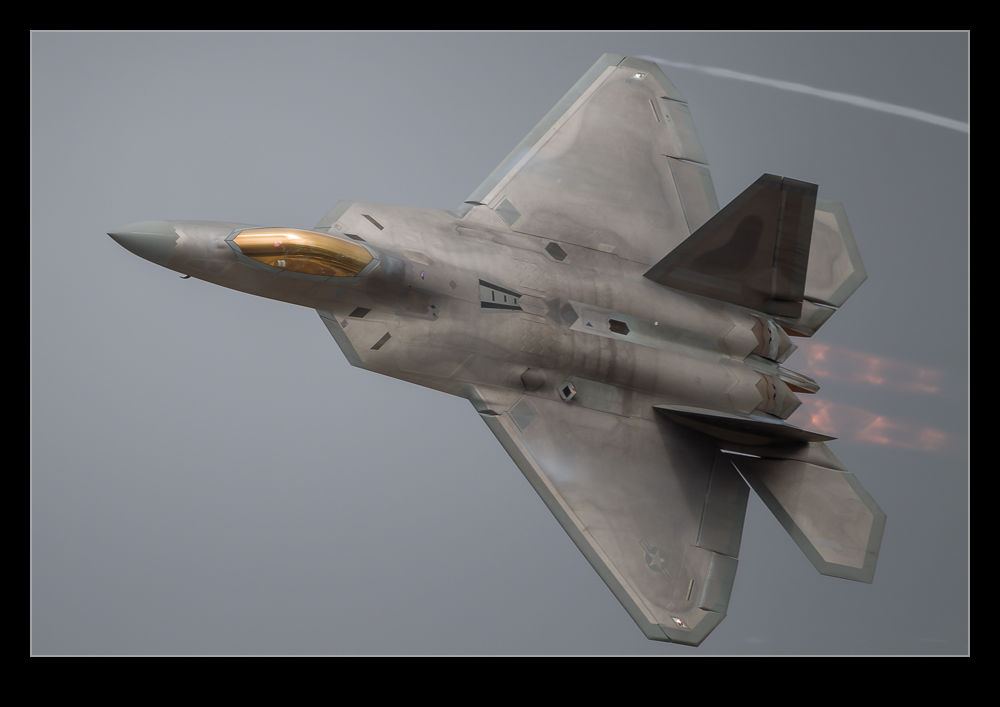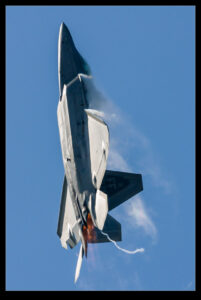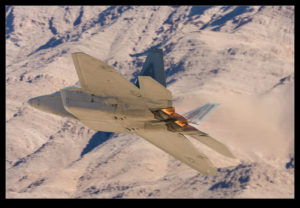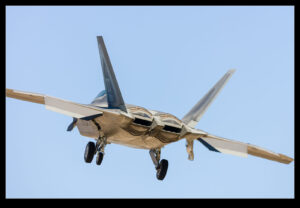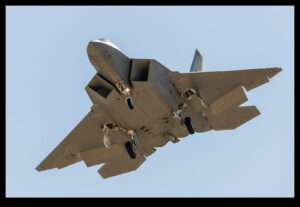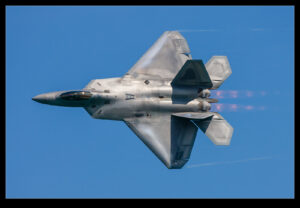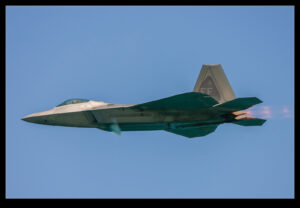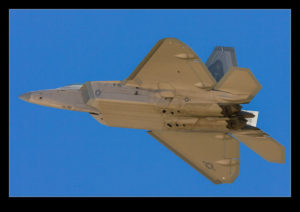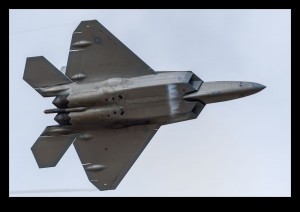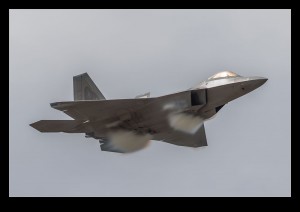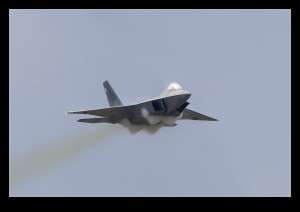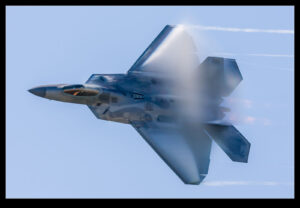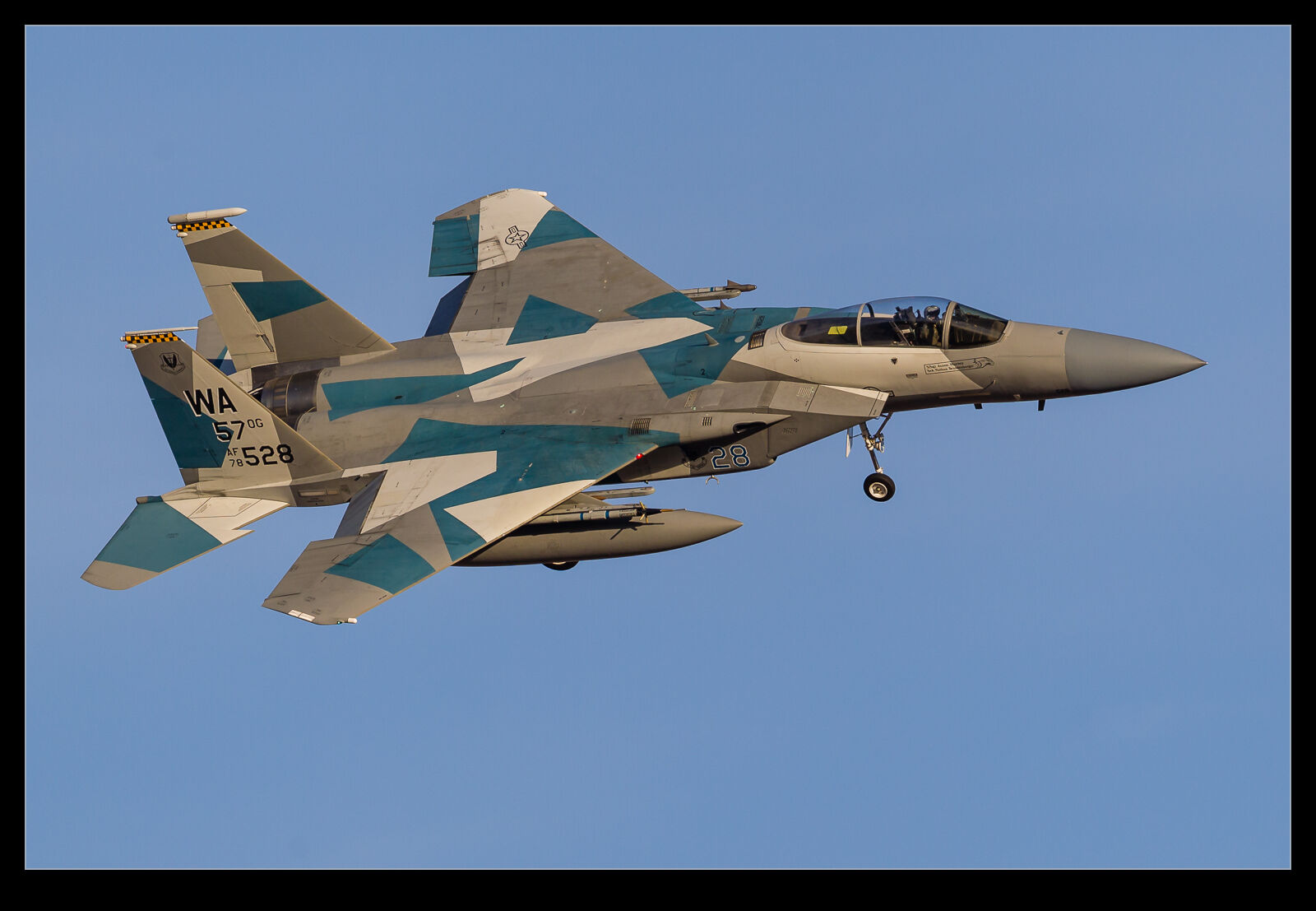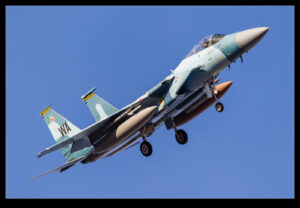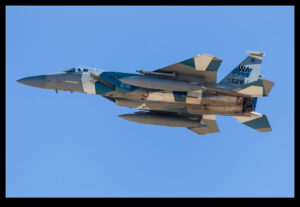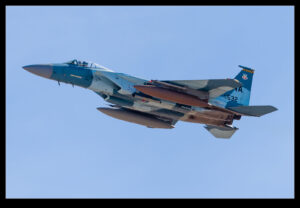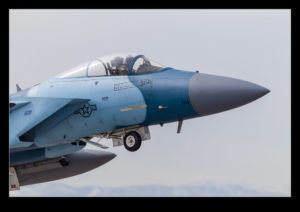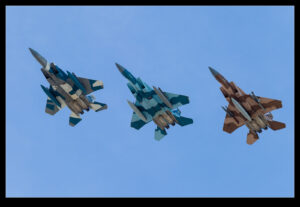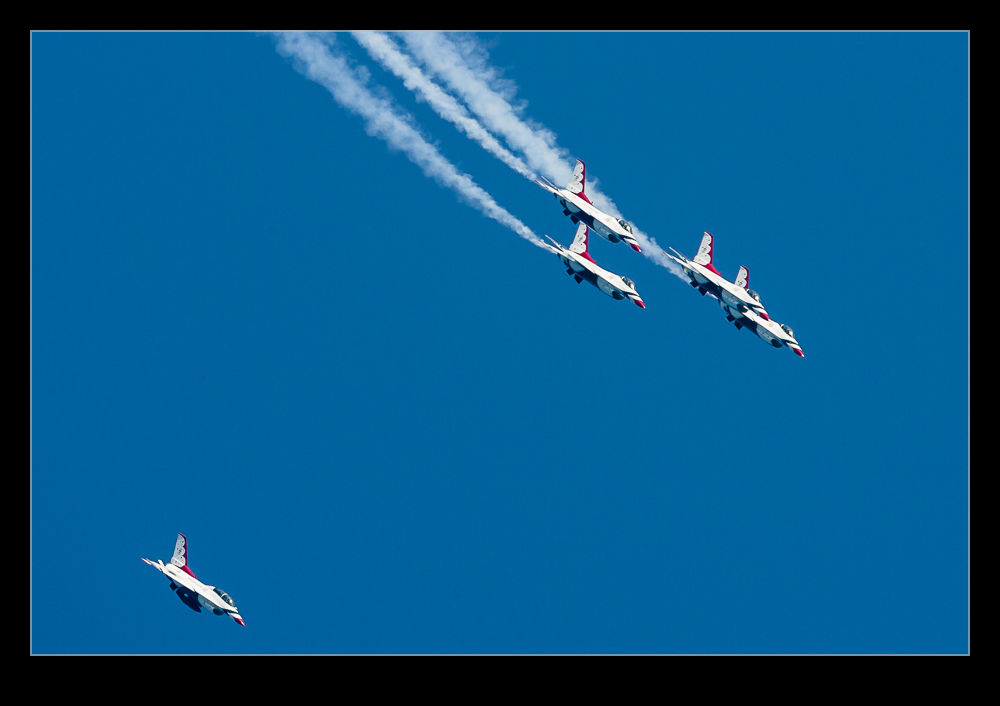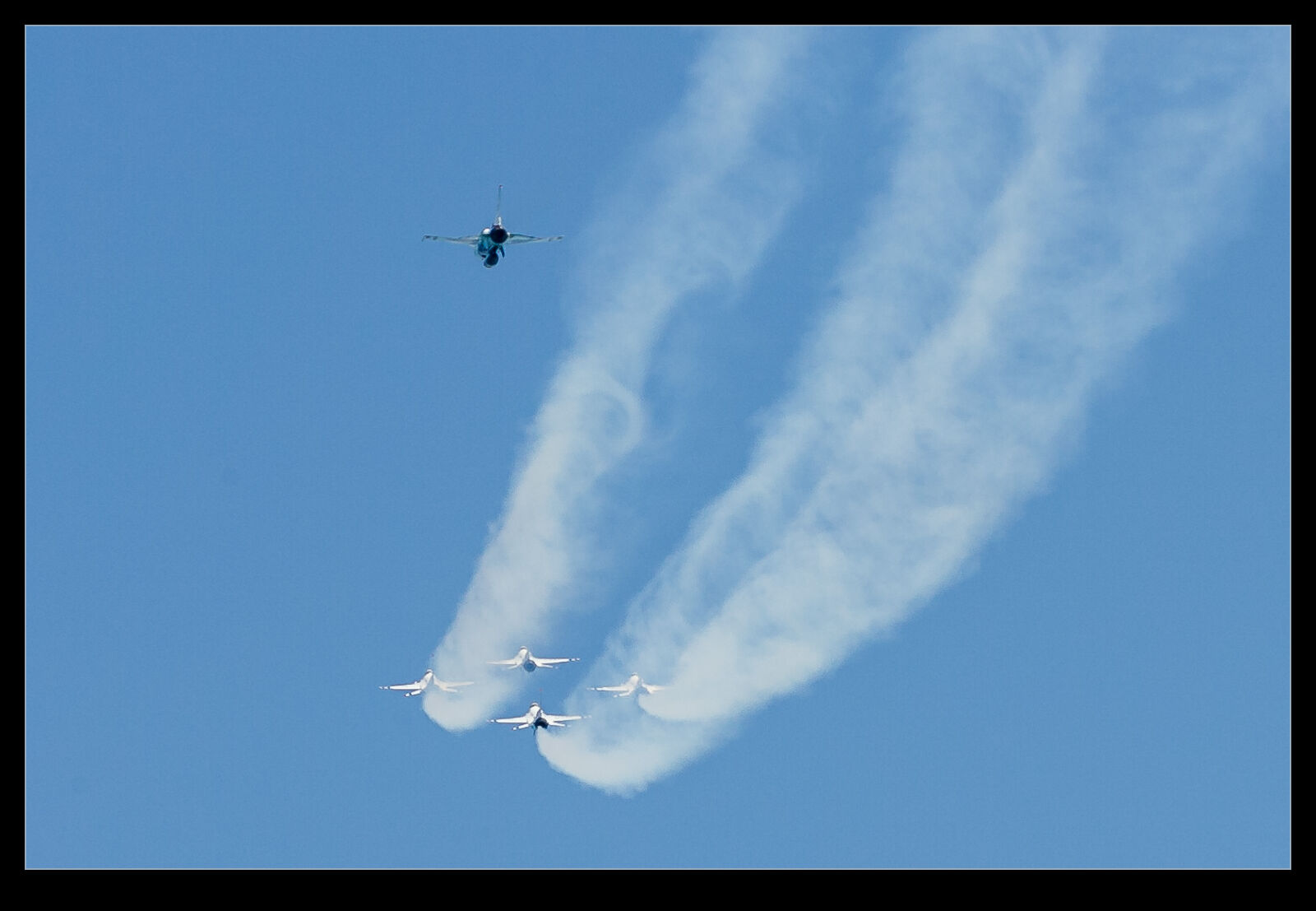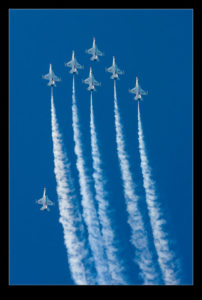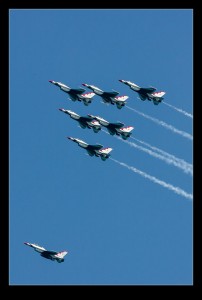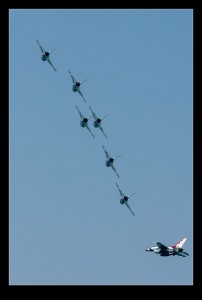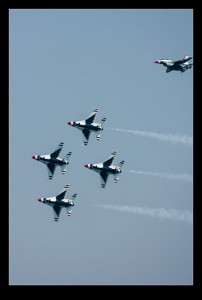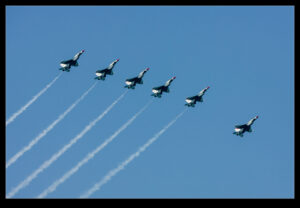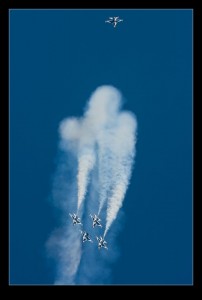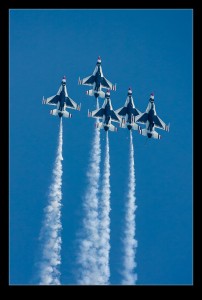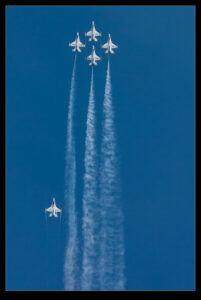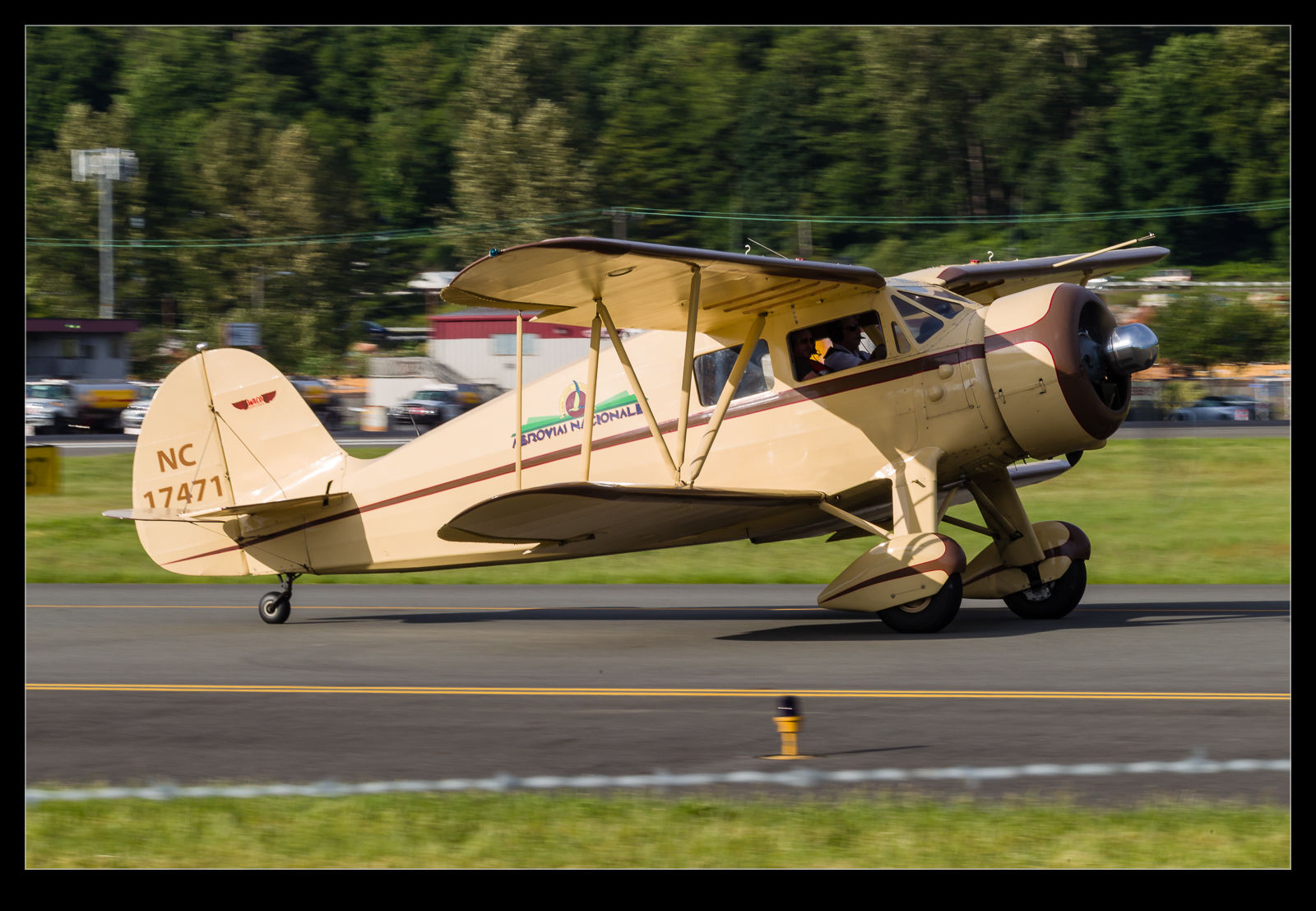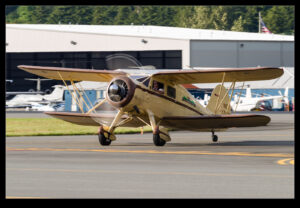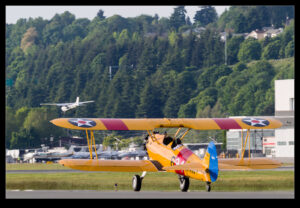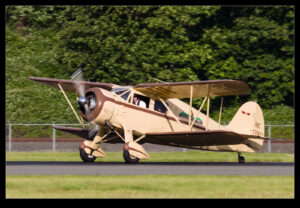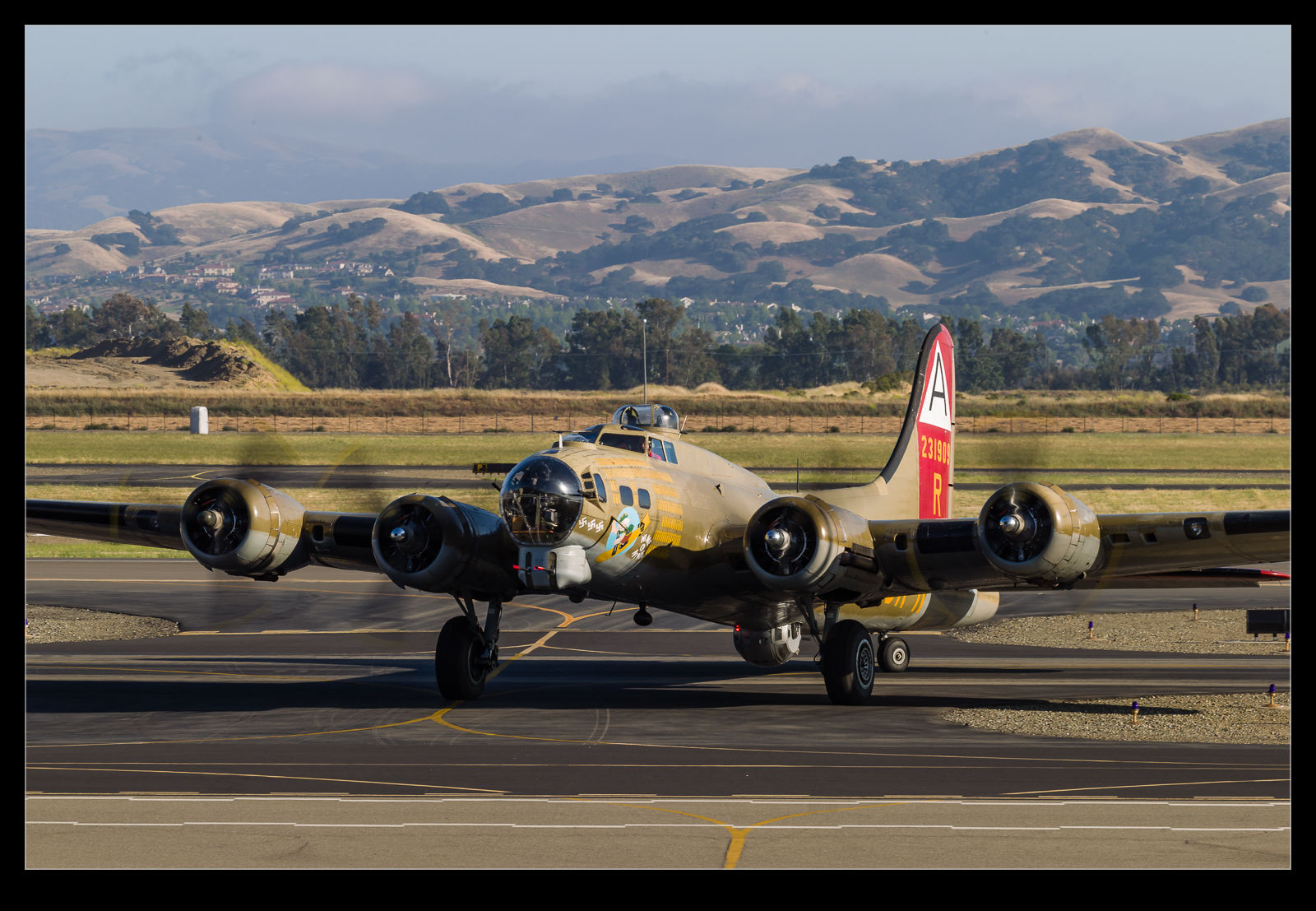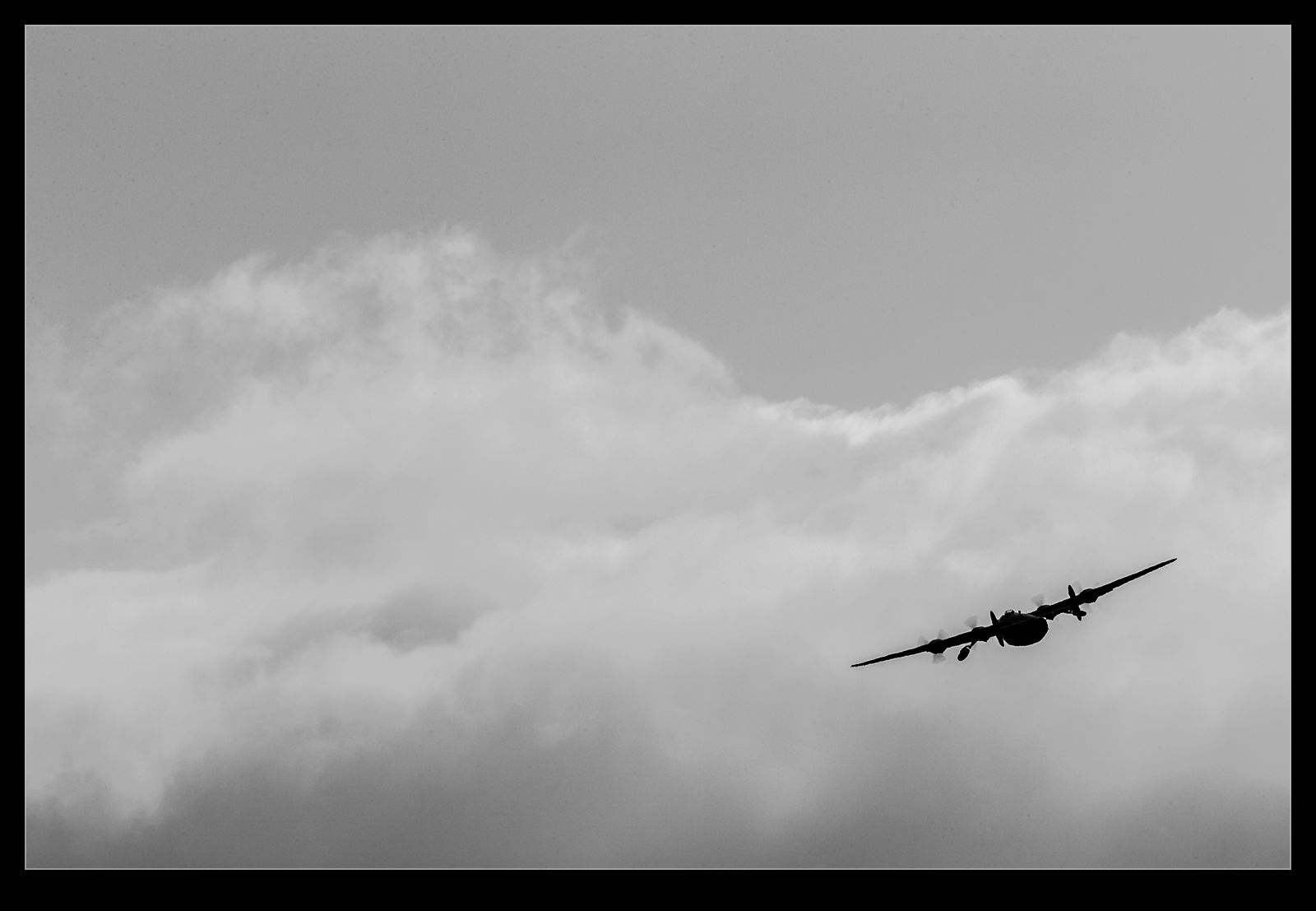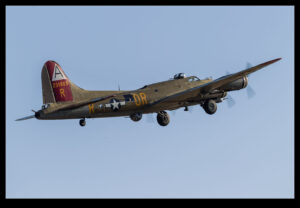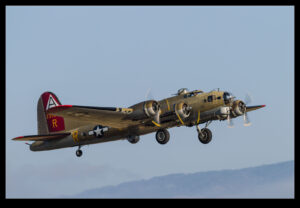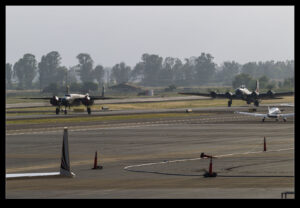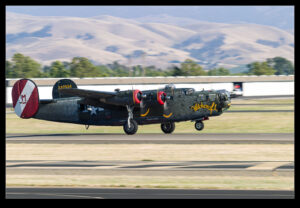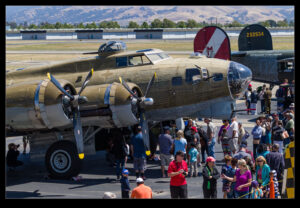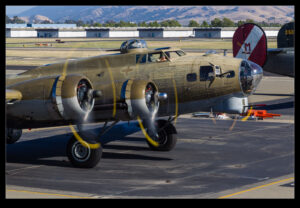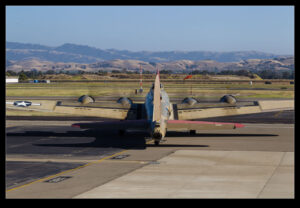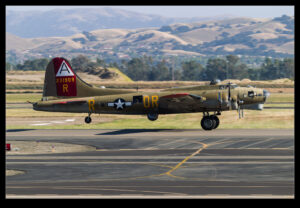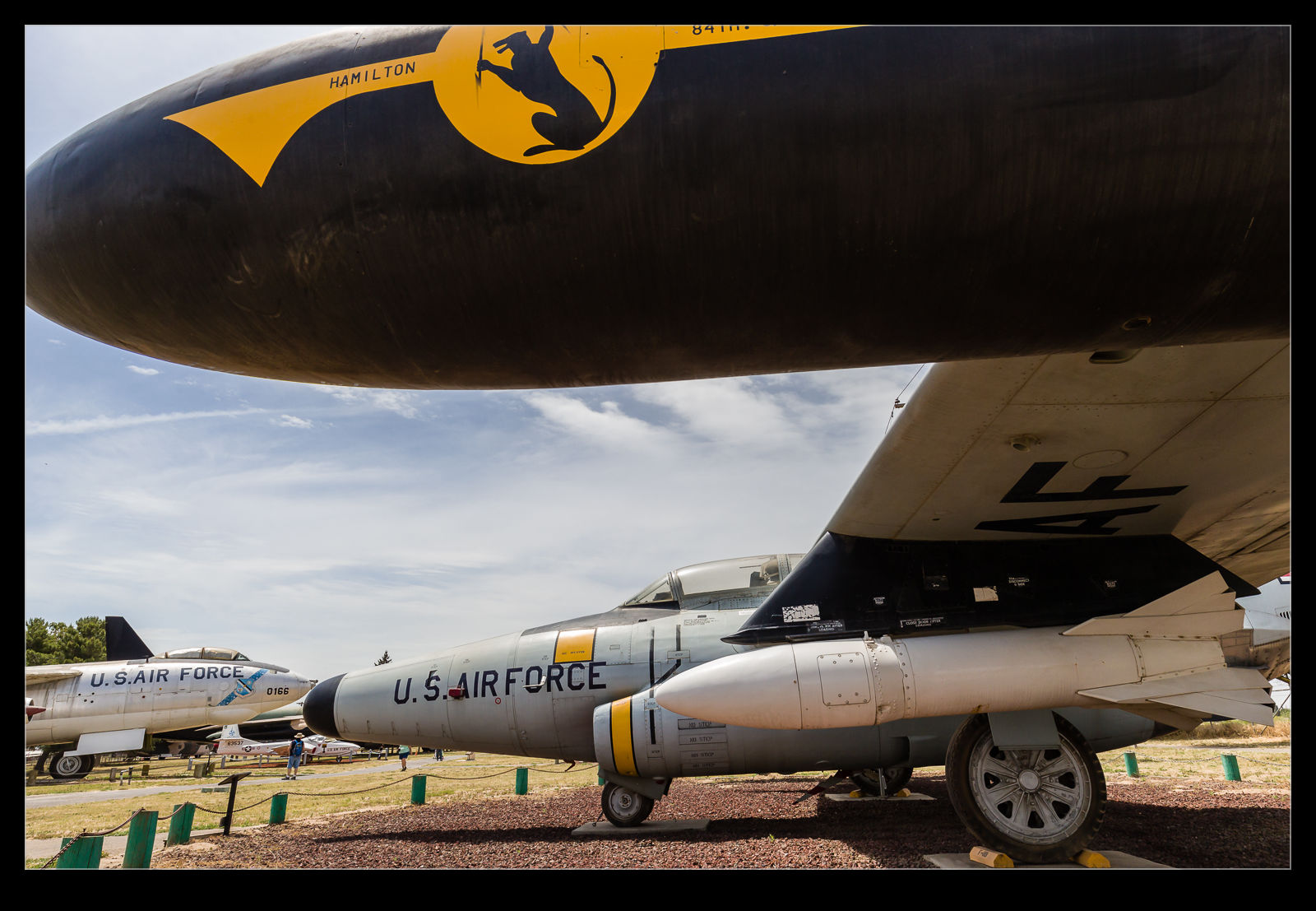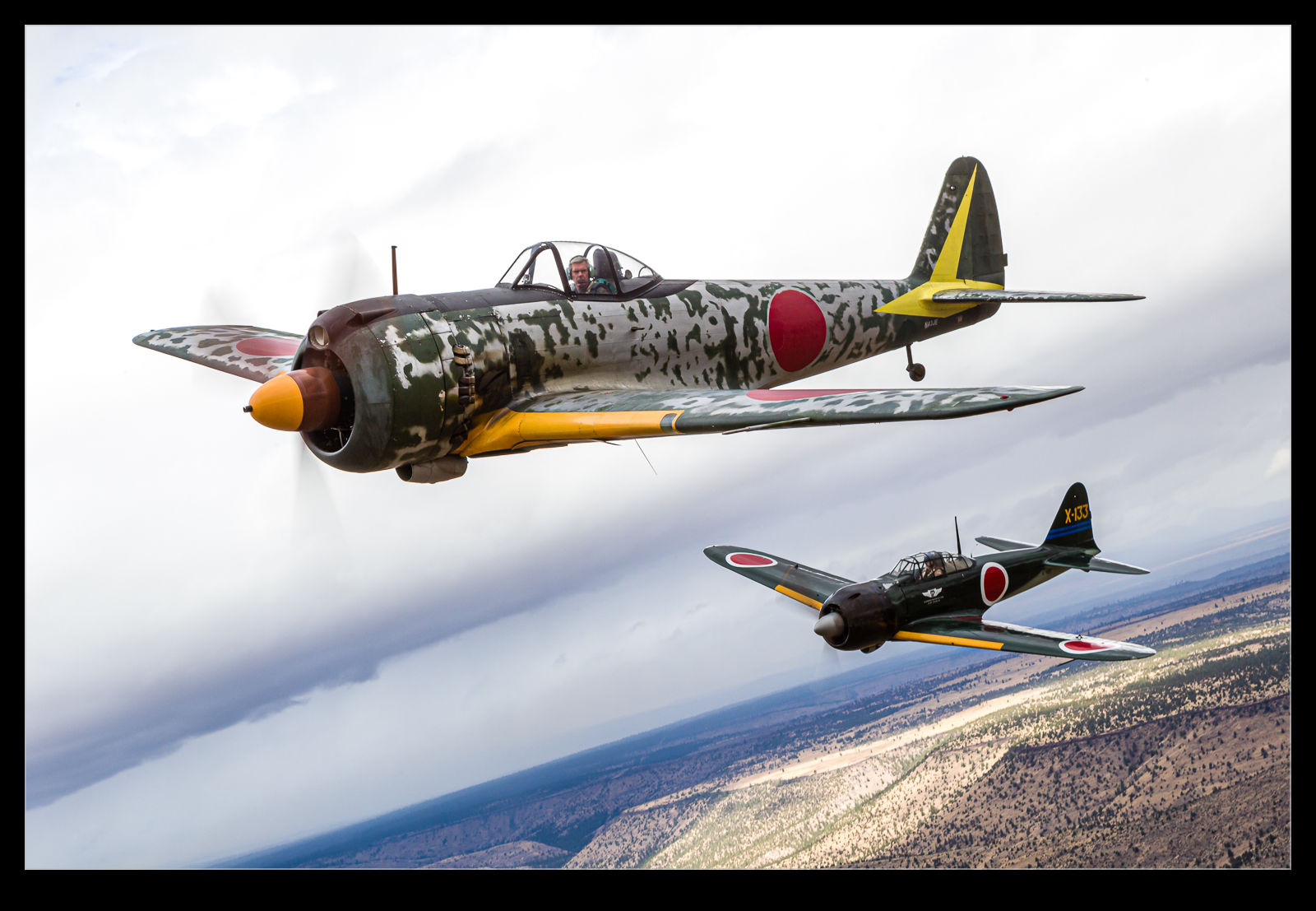 About a year ago I saw a ton of cracking images showing up online from friends of mine that had attended the Madras A2AX workshop. At the time I figured I needed to start panning on being there for the next edition of the workshop. It is run by Scott Slocum and Lyle Jansma at the Erickson Air Museum’s facility and their aircraft provided the subjects for the photo flights. Scott and Lyle were joined by Paul Bowen. Paul was not instructing but he did provide his own perspective and guidance on what we were working on and also could be relied on to show up with his camera whenever you were looking at your goofiest and to tell some hilarious tales of his various exploits.
About a year ago I saw a ton of cracking images showing up online from friends of mine that had attended the Madras A2AX workshop. At the time I figured I needed to start panning on being there for the next edition of the workshop. It is run by Scott Slocum and Lyle Jansma at the Erickson Air Museum’s facility and their aircraft provided the subjects for the photo flights. Scott and Lyle were joined by Paul Bowen. Paul was not instructing but he did provide his own perspective and guidance on what we were working on and also could be relied on to show up with his camera whenever you were looking at your goofiest and to tell some hilarious tales of his various exploits.
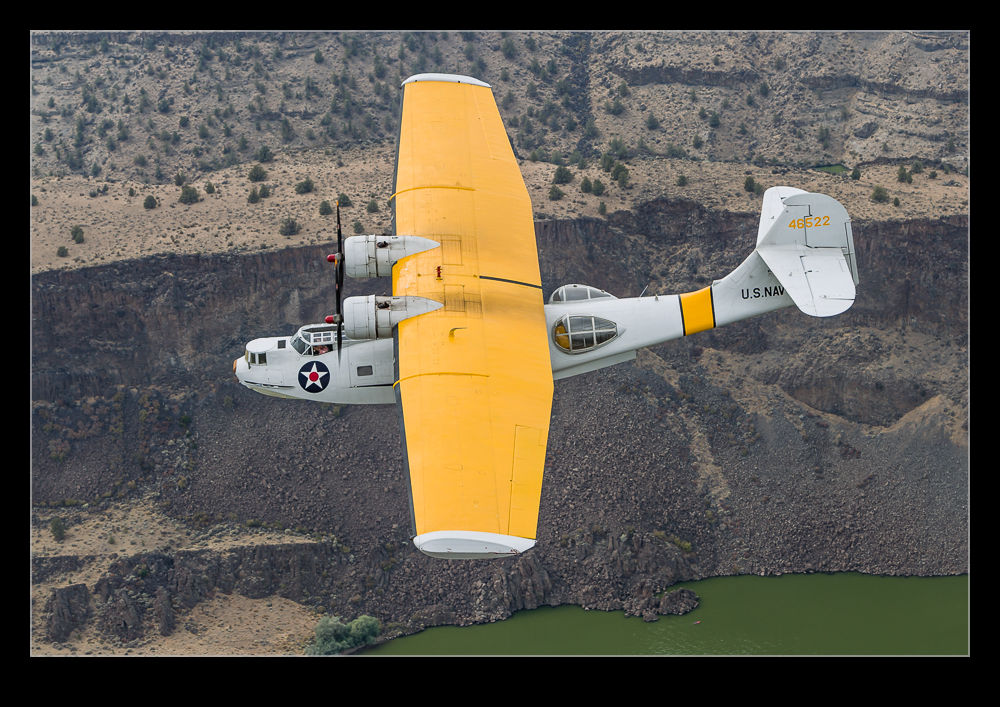 I met some familiar faces and made a whole bunch of new friends. Various hurdles were thrown in the way of the team due to weather and serviceability issues but they adapted well and the team were intent on having a good time whatever was going on. It was a fantastic weekend with some great learning opportunities and some beautiful aircraft to photograph. Here are a couple of samples of what we had to play with.
I met some familiar faces and made a whole bunch of new friends. Various hurdles were thrown in the way of the team due to weather and serviceability issues but they adapted well and the team were intent on having a good time whatever was going on. It was a fantastic weekend with some great learning opportunities and some beautiful aircraft to photograph. Here are a couple of samples of what we had to play with.
